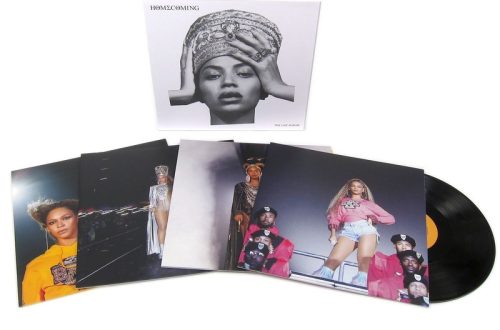
How different styles and different spaces can be used to complete interior arrangement.
Because it influences how a room looks and feels, interior arrangement is a crucial component of interior design. A room can have a variety of atmospheres and impressions created by using various decoration styles. For instance, a more traditional or rustic style of decoration can produce a more homey, welcoming feel. A modern minimalist style of decoration can produce a more sparse, clean appearance. Additionally, the amount of space that is accessible must be taken into account when arranging furniture and other items. Furniture should be arranged so that it fits into the area without being crowded, and various objects should be placed in an aesthetically pleasing way.
It is also important to consider the colors and textures used when arranging a space. Different colors can evoke different moods, and textures can create a more interesting look. For example, a bright and vibrant color palette can create a more energetic and inviting atmosphere, while a more muted color palette can create a more relaxed and soothing atmosphere. In addition, different textures can be combined to create a more interesting and unique look. For instance, a combination of smooth materials such as wood and metal can create a more elegant and modern look, while a combination of rough materials such as stone and wool can create a more rustic look.
Overall, when considering the interior arrangement of a space, it is important to take into account the style of decoration, the space available, as well as the colors and textures used. By doing this, it is possible to create an interior arrangement that best fits the desired atmosphere and creates a space that people can enjoy and feel comfortable in.

How the interior space under different styles and colors affects psychological emotion.
Different interior decoration colors have various psychological and emotional impacts on people. While cold colors frequently evoke a sense of calmness, warm colors typically evoke happiness. Additionally, the mood of a person can be affected by various decoration styles. A more traditional style may elicit feelings of nostalgia, whereas a contemporary minimalist style is more likely to promote calmness and serenity. As a result, it is crucial to consider the colors and interior design trends that would best complement the intended use of the area when planning its design.
Color plays an important role in the way people perceive a space. Bright, vibrant colors can create a sense of energy and excitement, while softer, pastel colors can create a more relaxed, peaceful atmosphere. On the other hand, neutral colors can create a more balanced and timeless aesthetic, making it easier for homeowners to update their décor with minimal effort. Furthermore, combining different colors can create a more dynamic and visually interesting space.
The style of interior decoration can also affect people’s emotional state. Interior design styles such as mid-century modern, industrial, and Scandinavian can all create a sense of simplicity and minimalism, while more traditional styles such as French Country, Victorian, and Colonial can evoke feelings of nostalgia and comfort. These different styles can also be combined to create a unique and personalized look.
Ultimately, the colors and style chosen for a space should be based on the personal preferences of the homeowner and the overall vision for the space. By carefully considering the colors and style of interior decoration, homeowners can create a space that is both aesthetically pleasing and emotionally calming.
